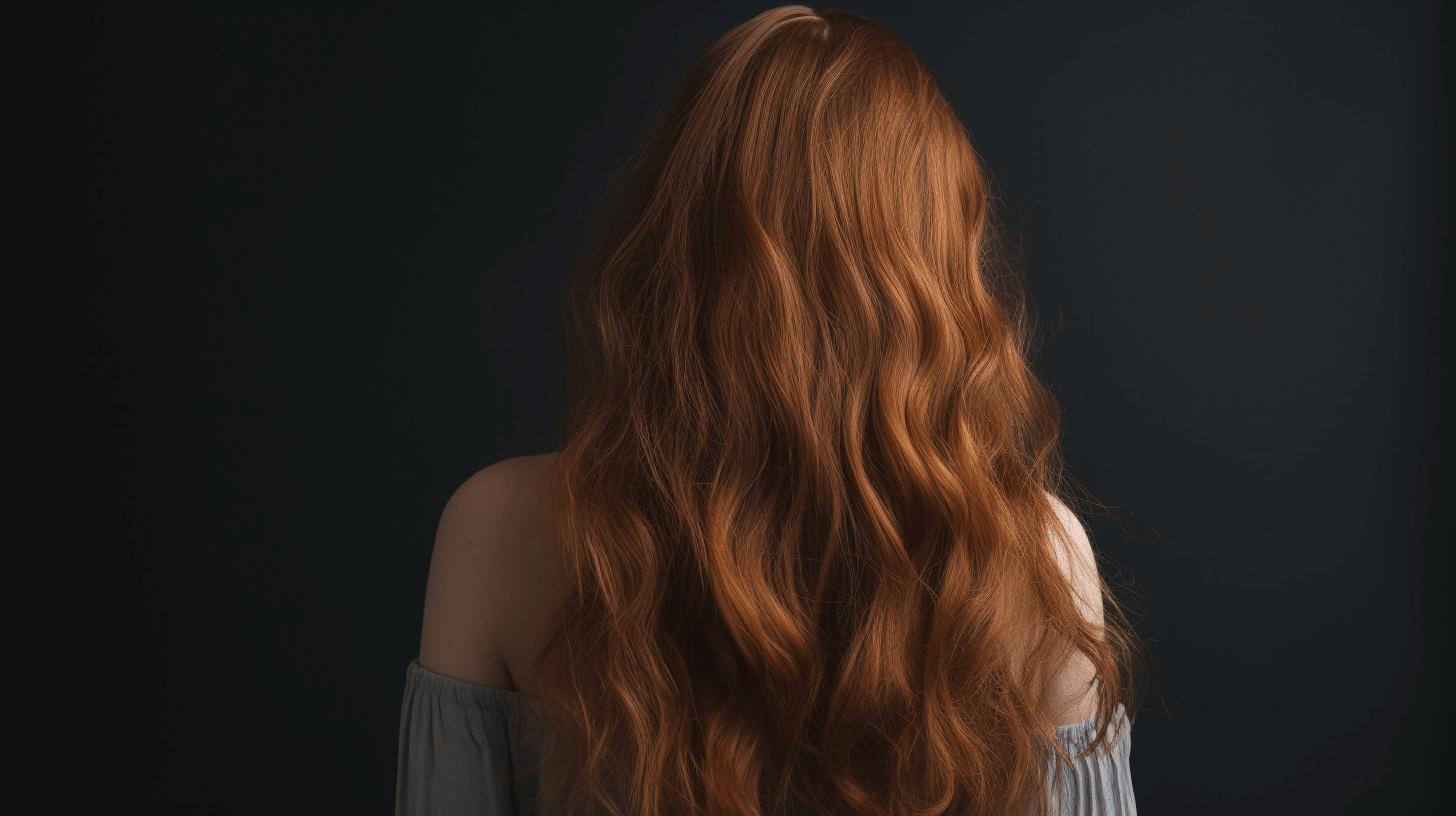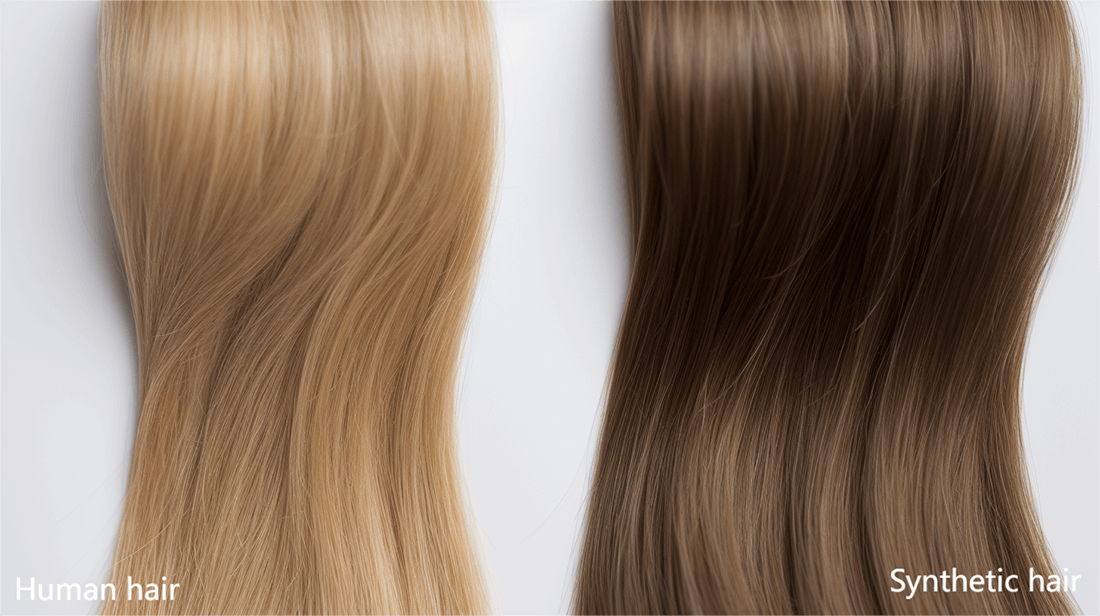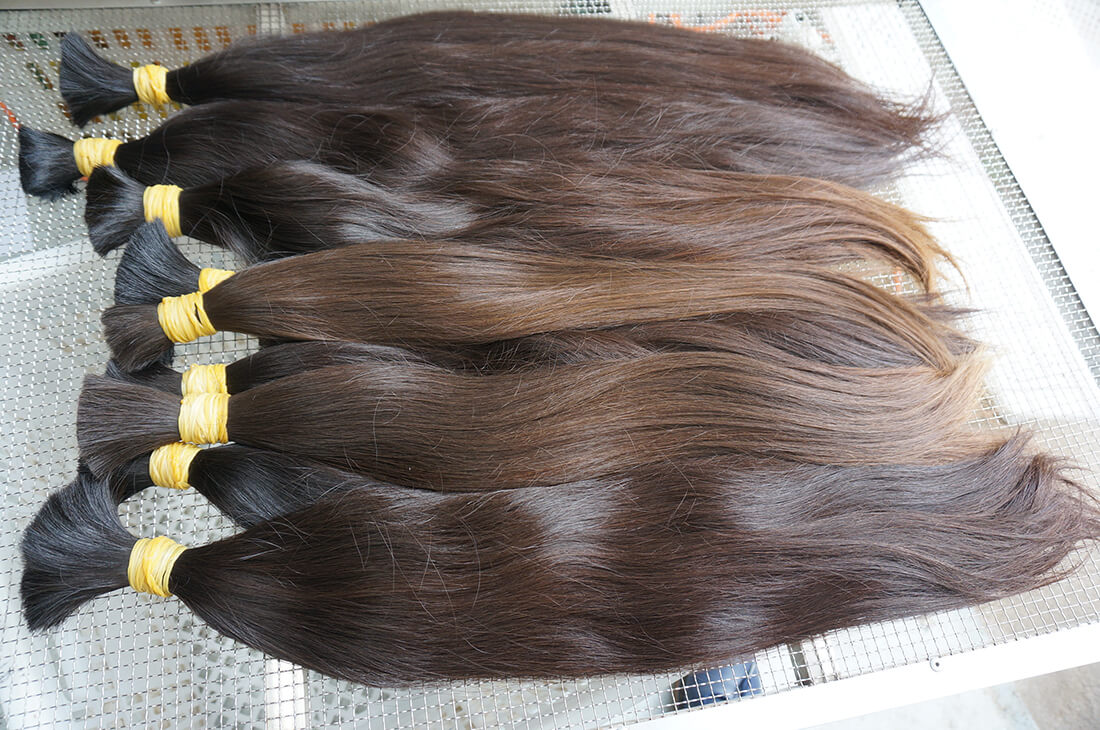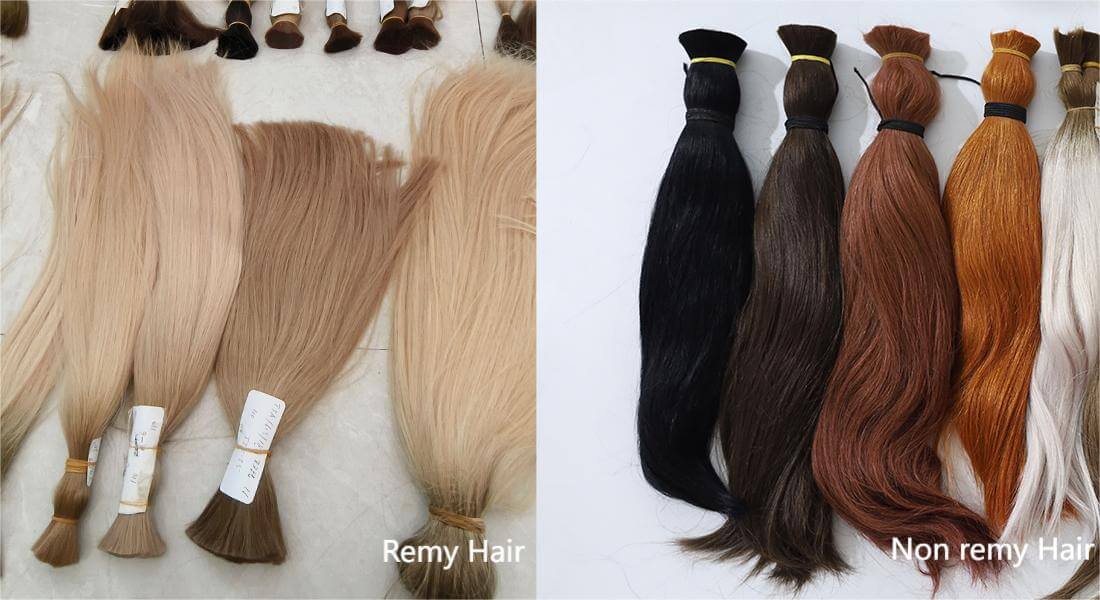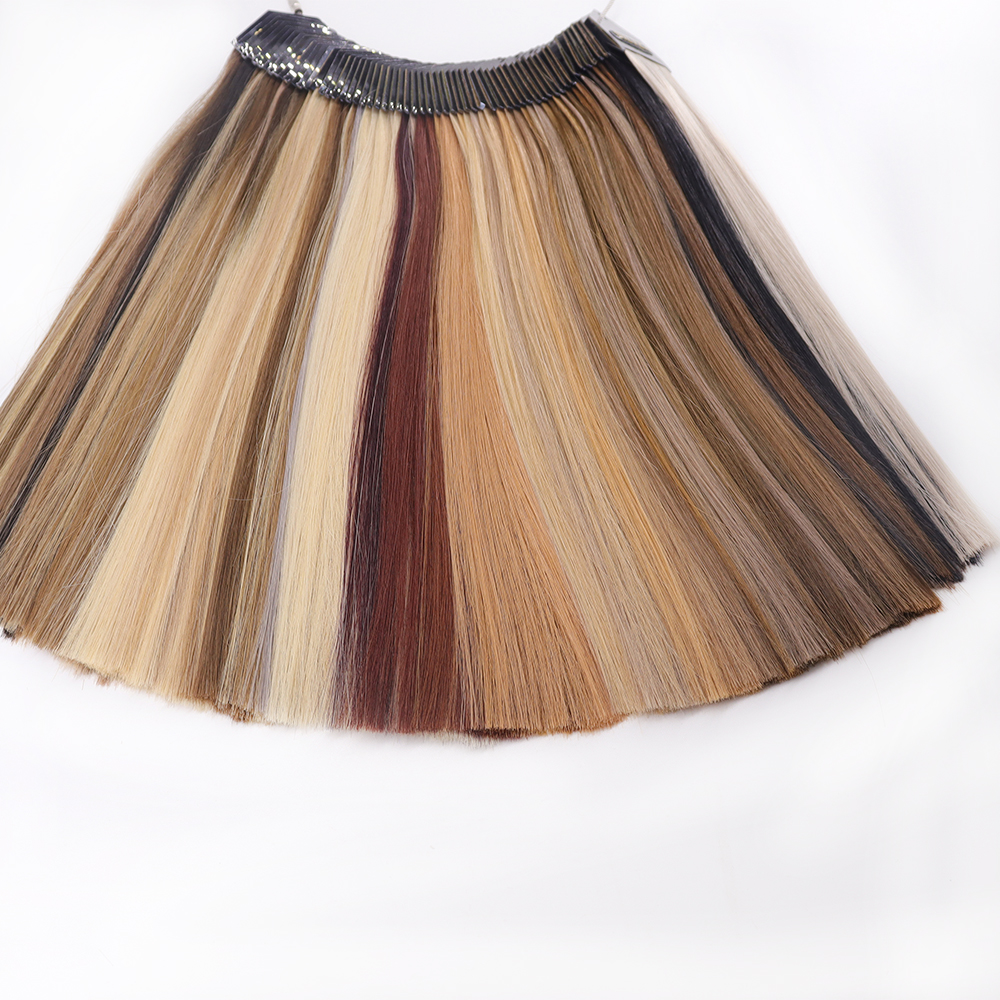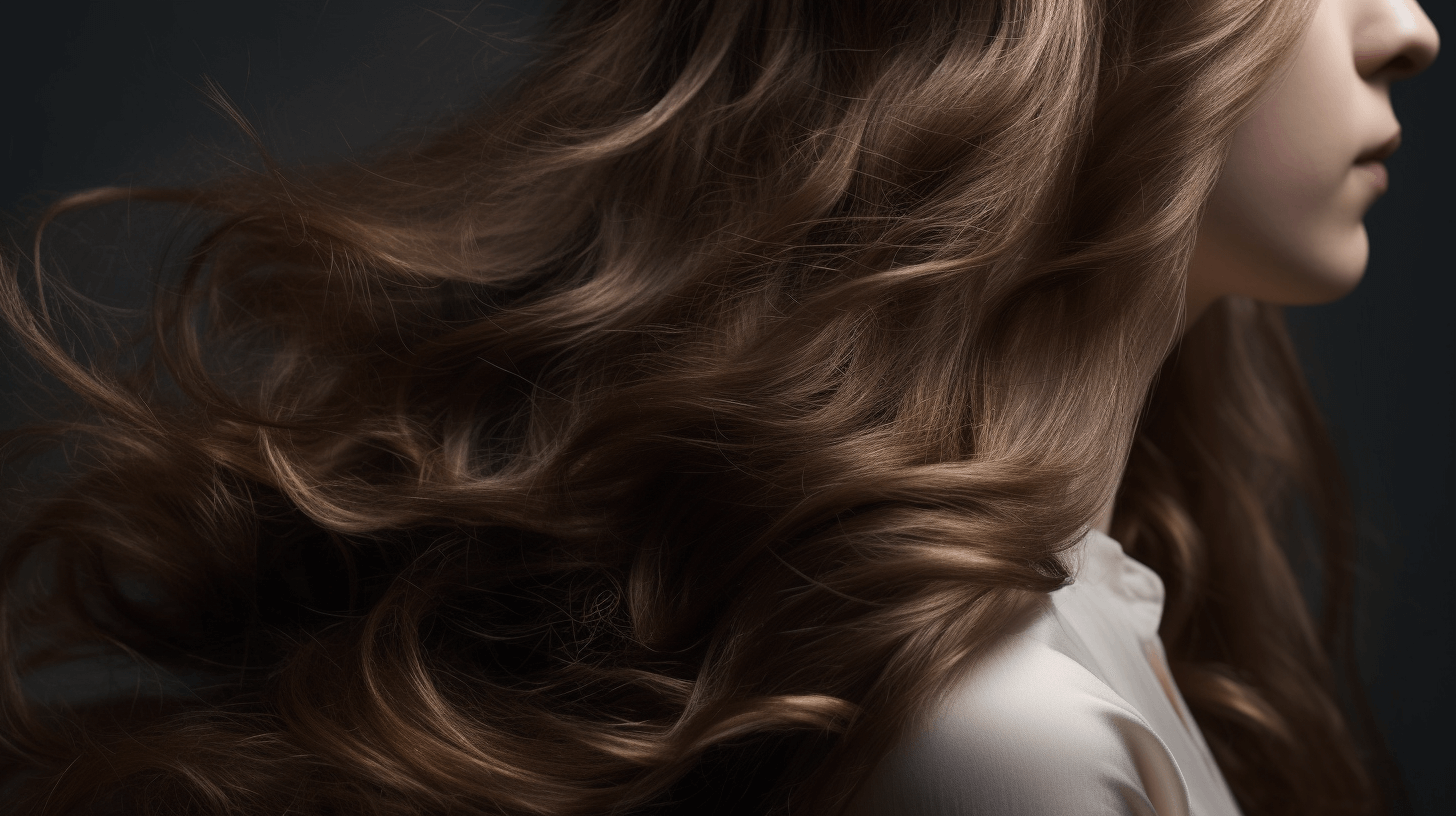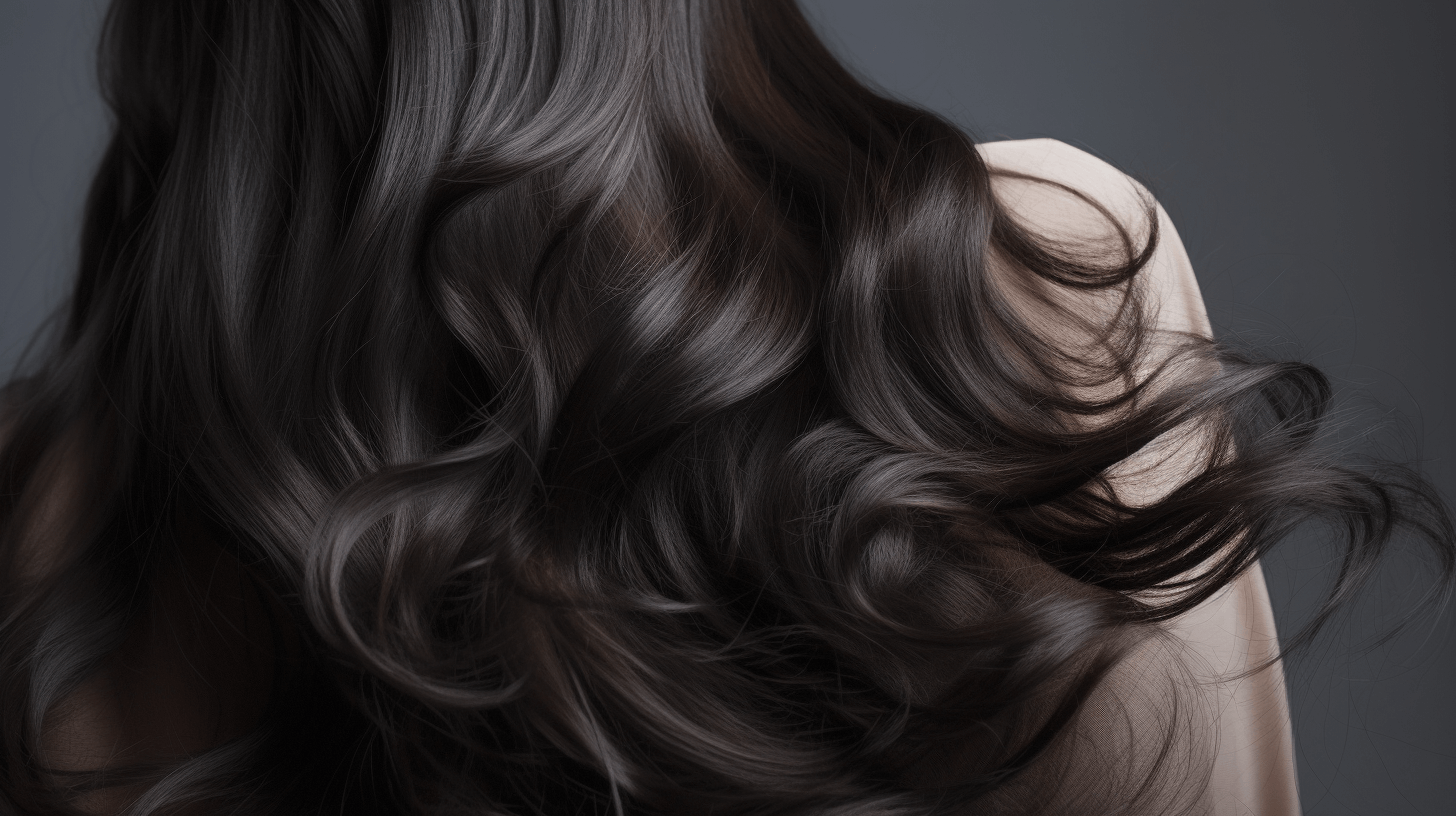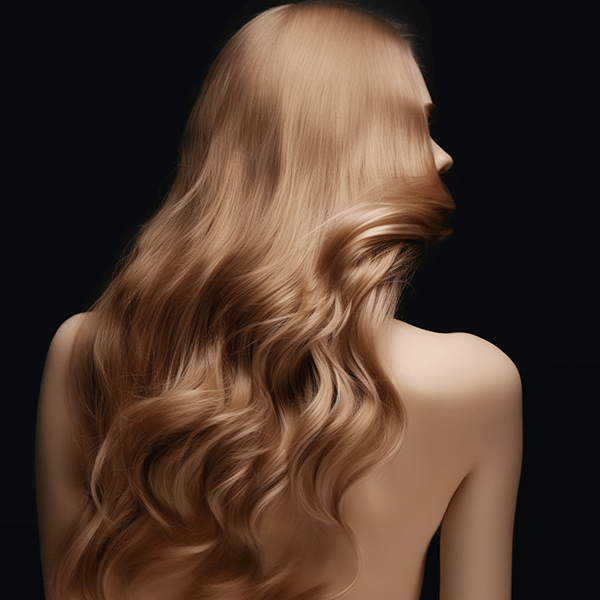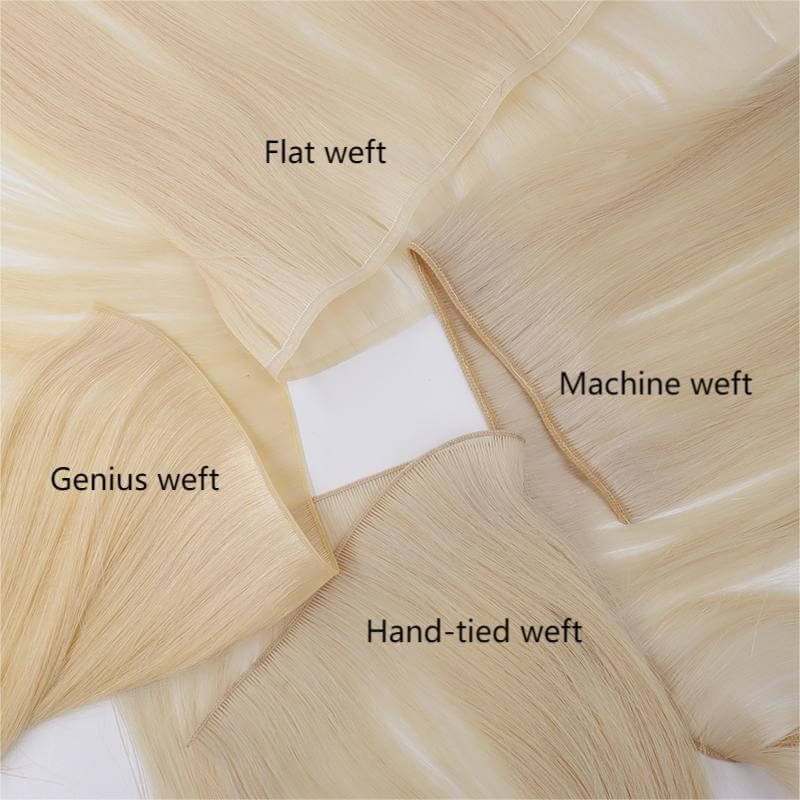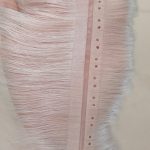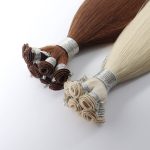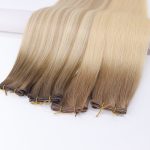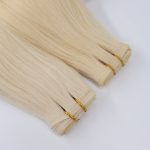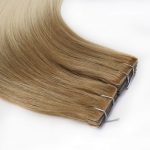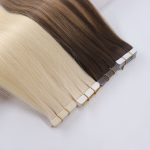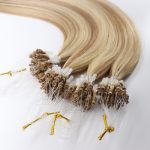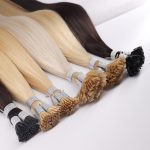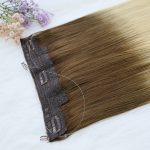As a seasoned professional in the hair industry, I’ve come across various types of hair extensions. It’s crucial for anyone in our field, be it brand owners, wholesalers, or salon owners, to distinguish between different types of hair. Here’s a simplified guide to help you identify superior quality in hair extensions:
1. Identifying Human Hair and Synthetic Fiber
- Texture and Feel: Human hair boasts a natural, soft texture and moves just like your own hair. In contrast, synthetic fibers tend to feel more plastic-like and less natural in movement.
- Heat Resistance: One of the defining features of human hair is its ability to withstand heat styling, whereas synthetic fibers are prone to melting or damage under similar conditions.
- Color Adaptability: Human hair can be dyed and bleached, adapting well to various chemical treatments. Synthetic fibers, on the other hand, do not respond well to these processes and can become damaged.
- Protein Burn Test: This is a crucial test to differentiate between human and synthetic hair. When you burn a strand of human hair, it emits a distinct smell of burnt protein and turns to ash upon touching, similar to how your hair would react. Synthetic hair, when burned, smells like burning plastic and typically forms clumps or melts, clearly indicating its artificial nature.
2. Identifying Human Hair and Animal Hair
- Cuticle Direction: One of the key differentiators is the cuticle direction. Human hair features uniformly aligned cuticles that provide a smoother, more tangle-free experience. In contrast, animal hair often has inconsistent cuticle directions, which can lead to more tangling and a less natural feel.
- Reaction to Heat: Human hair tends to react to heat similarly to natural hair, making it more adaptable for various styling techniques. Animal hair, however, might behave differently under heat, either being more resistant or susceptible to damage.
- Length: The length of the hair can be a significant indicator. Human hair extensions are usually available in a diverse range of lengths to cater to different styling preferences. Animal hair, on the other hand, is often limited in length due to sourcing constraints, typically resulting in shorter and less varied options.
3. Identifying Remy Human Hair and Non-Remy Hair
- Cuticle Alignment: The alignment of the cuticles is a primary distinguishing feature. Remy hair retains the natural direction of the cuticles, leading to less tangling and matting. In contrast, non-Remy hair may have cuticles that run in opposite directions, causing more tangling and a less natural appearance.
- Appearance and Texture: Remy hair typically looks more natural and maintains its quality over time, whereas non-Remy hair can appear dull and lifeless, with a shorter lifespan.
- Washing Test: This is an insightful test for differentiating between the two. After washing, Remy human hair remains smooth and sleek, retaining its natural flow and texture. Non-Remy hair, however, tends to become puffy and may exhibit a Yaki-like texture, losing its initial smoothness and appearing more tangled.
4. Identifying Full Cuticle Human Hair and Remy Human Hair
- Cuticle Integrity: Full cuticle hair retains the entire cuticle layer, providing superior strength and longevity. Remy hair, while still maintaining the cuticle direction, might not have the complete cuticle layer, affecting its overall quality.
- Natural Look and Feel: Full cuticle hair closely resembles natural hair in appearance and feel, offering a seamless blend. Remy hair, although high in quality, may not fully match the natural look of full cuticle hair.
- Color Brightness: An interesting point of distinction lies in the color brightness. Full cuticle hair tends to have a lower brightness in color compared to Remy human hair of the same color. This difference is due to the intact cuticle layer in full cuticle hair, which can slightly mute the color’s shine, giving it a more natural and authentic appearance.
 In our business, understanding these distinctions is key to providing our customers with the best possible products. It’s not just about selling hair; it’s about ensuring that our clients receive the quality they expect and deserve.
In our business, understanding these distinctions is key to providing our customers with the best possible products. It’s not just about selling hair; it’s about ensuring that our clients receive the quality they expect and deserve.
For more insights and information on our range of high-quality hair extensions, visit us at Royo Hair.

